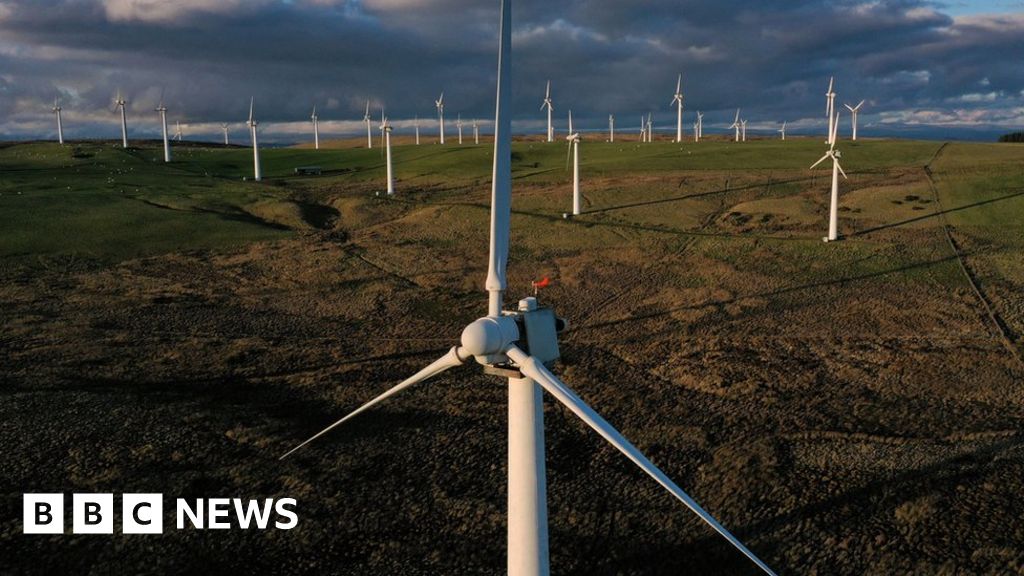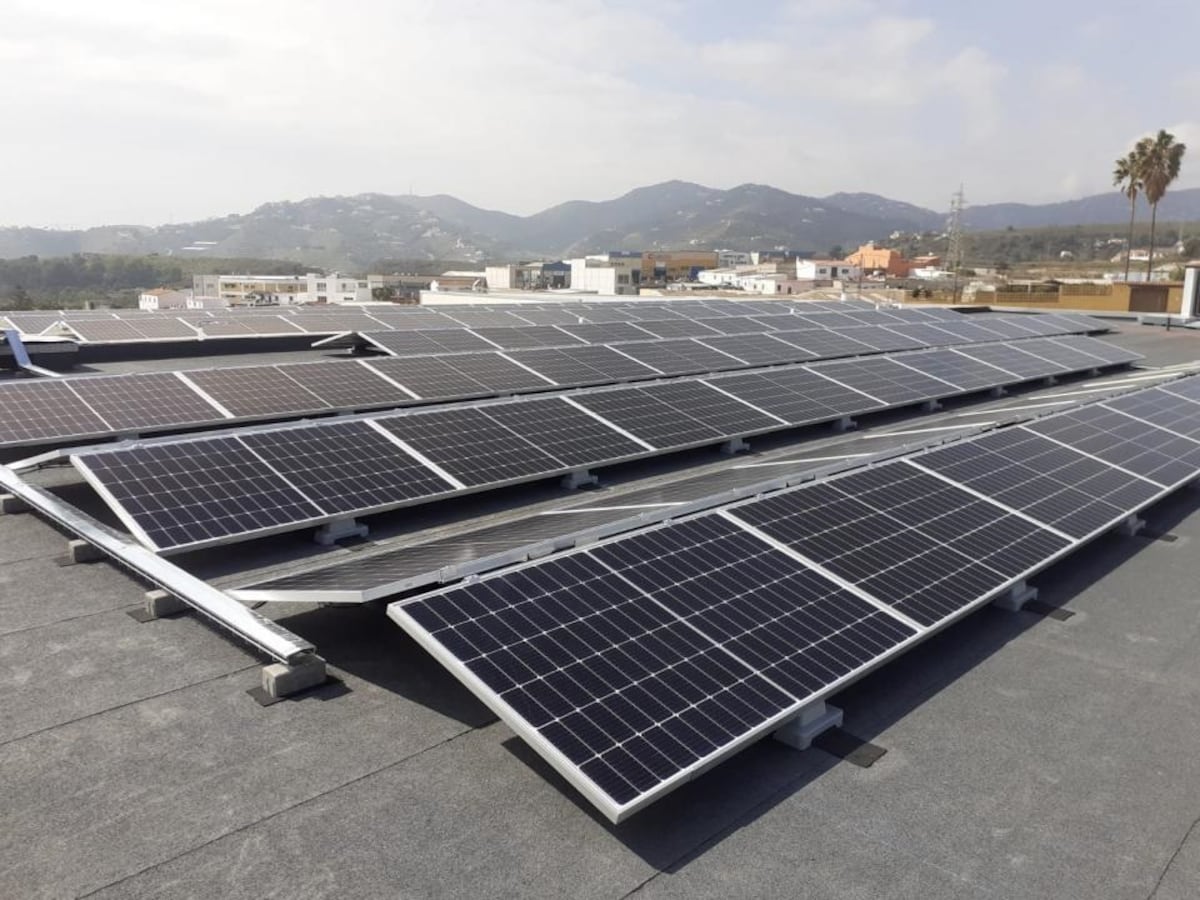uptower
DP Veteran
- Joined
- Nov 8, 2018
- Messages
- 24,784
- Reaction score
- 23,380
- Location
- Behind you - run!
- Gender
- Male
- Political Leaning
- Other
I'd wait till renewables are even remotely feasible before I bet the farm on them
You don't have to bet a thing. Your house is already in part or even largely powered by renewables. That makes them very feasible indeed.

Wind is main source of UK electricity for first time - BBC News
Wind power overtakes gas for the first time in the UK during first three months of year.


